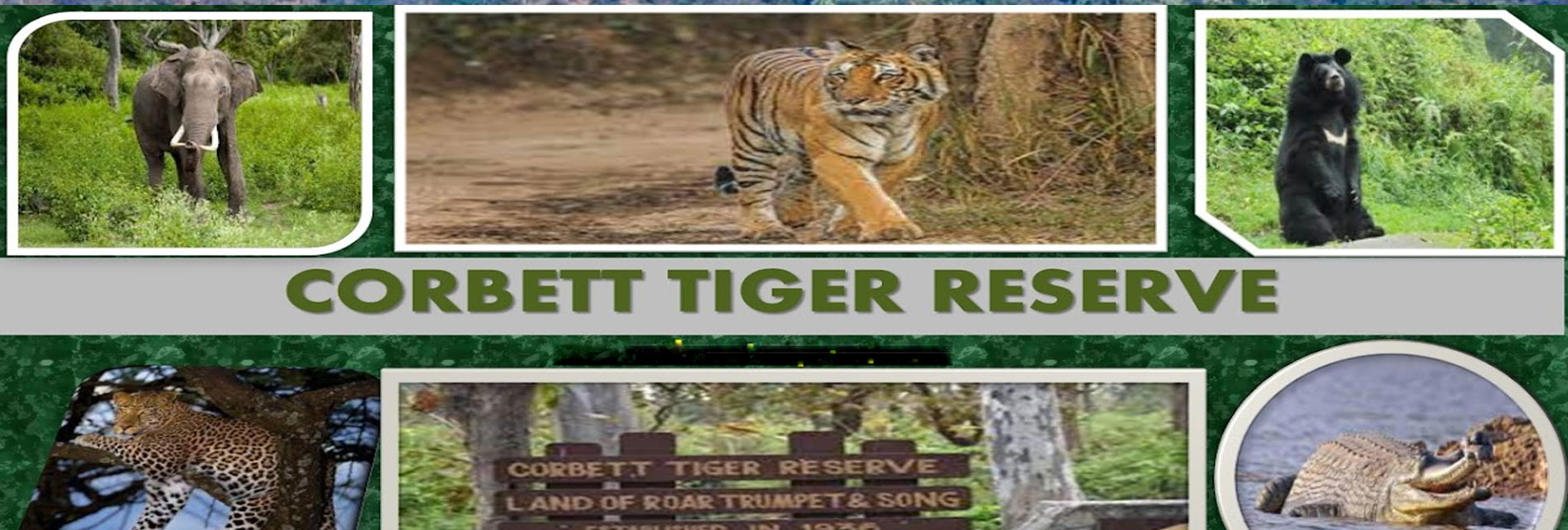

Jim Corbett National Park is known for its diverse habitats and rich wildlife. Here are some of the key habitats and wildlife you can find in the park:
Habitats:
1. Sal Forests: The park is predominantly covered with Sal forests, which provide a dense and verdant habitat for wildlife.
2. Grasslands: The park also has extensive grasslands, which are essential for herbivores and attract a variety of bird species.
3. Riverine Belts: The Ramganga and Kosi rivers, along with their tributaries, create riverine belts that support a thriving ecosystem.
4. Mixed Deciduous Forests: Besides Sal forests, you can find mixed deciduous forests consisting of trees like Rohini, Haldu, and Bahera.
5. Wetlands: There are several wetlands and marshy areas within the park that provide critical habitats for water birds and amphibians.
Wildlife:
1. Bengal Tigers: Jim Corbett National Park is famous for its population of Bengal tigers. It offers one of the best chances to spot these majestic creatures in their natural habitat.
2. Asian Elephants: The park is home to a significant population of Asian elephants, which can be spotted in certain areas.
3. Leopards: Leopards are another apex predator found in the park. They are elusive but can sometimes be seen during safaris.
4. Sloth Bears: Jim Corbett is known for its population of sloth bears. These shaggy-coated bears are primarily found in the hilly regions of the park.
5. Deer Species: The park is home to various deer species, including Sambar deer, Spotted deer (Chital), and Hog deer.
6. Gharials and Crocodiles: The rivers in the park are inhabited by the critically endangered Gharials and the mugger crocodile.
7. Birdlife: Jim Corbett National Park boasts a diverse avian population with over 600 bird species. You can spot colorful birds like the Indian Peafowl, Great Hornbill, Himalayan Kingfisher, and many more.
Apart from these, the park is also home to numerous smaller mammals, reptiles, and amphibians, adding to its ecological diversity.
It's important to note that wildlife sightings can vary, and the park authorities have guidelines and regulations to ensure the safety of visitors and wildlife. Safaris, both in the morning and evening, are the best way to increase your chances of spotting wildlife. Hiring experienced guides or naturalists can enhance your wildlife viewing experience and provide valuable insights into the park's ecosystem.
Address: Shop No.- 27, 1st Floor, Asthan Mall, Lakhanpur Road, Chungi, Ramnagar, Uttarakhand 244715
Contact No.:- +91 7536814823
Email: info@corbetttourandtravels.com
GST: 05AXNPC3271F2ZP
Plan your journey with confidence!
📞 +91 7536814823
📩 support@corbetttourandtravels.com
🌐 www.corbetttourandtravels.com
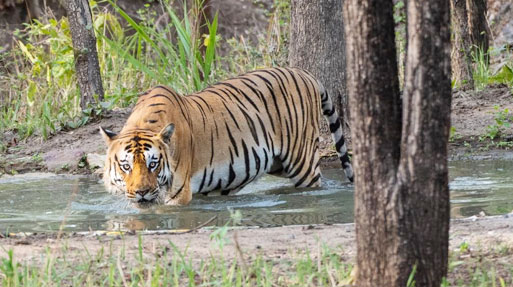
Bijrani zone is the main zone of Corbett which is closest to Ramnagar. Its entry gate is Amdanda. 30 jeeps go for jungle safari in morning and 30 jeeps in afternoon in Bijrani zone
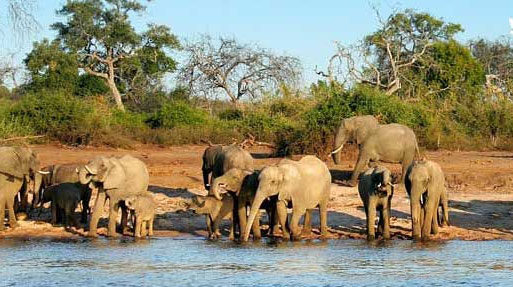
In Jhirna zone, 30 jeeps go for jungle safari in the morning and 30 jeeps in the afternoon, here the number of tigers and elephants is the most visible. It is 15 kms from Ramnagar

In Dhela zone, 15 jeeps go for jungle safari in the morning and 15 jeeps in the afternoon, here you can easily see wild animals in their homes. It is 13 kms from Ramnagar
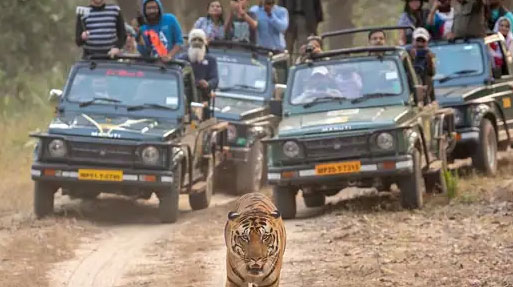
Garjiya Zone has 15 jeeps in the morning and 15 jeeps in the afternoon for jungle safari. Durga Devi Zone is the hill safari zone filled with wildlife beauty and adventure. It is 20 kms from Ramnagar.
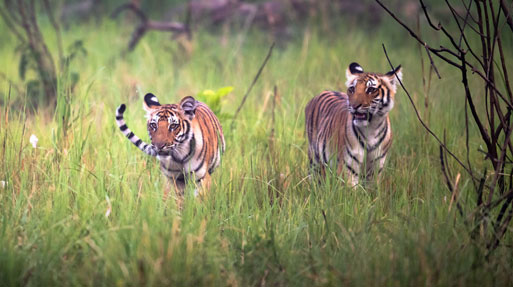
Durga Devi Zone has 30 jeeps in the morning and 30 jeeps in the afternoon for jungle safari. Garjia Tourist Zone is a very popular area of the spectacular. It is 15 kilometers from Ramnagar.

Fato zone is the newest zone of Corbett which was built in 2022. Its entry gate starts from Maldhan. It is at a distance of 16 km from Ramnagar, nowadays most of the tourists come here to visit.
Call Us